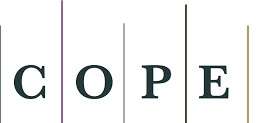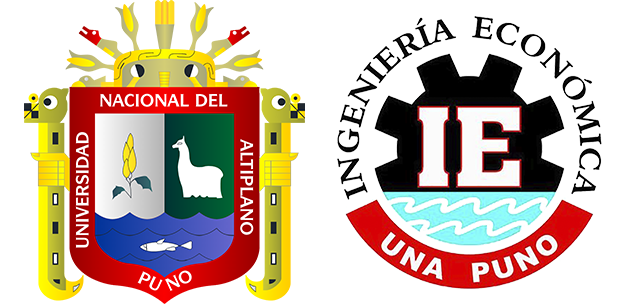Análisis de los factores que influyen en la demanda de educación superior universitaria en la provincia de Cusco – Perú, 2020
DOI:
https://doi.org/10.26867/se.2022.v11i1.124Palabras clave:
capital humano, modelo logit, demanda de educación superior universitaria, elección educativaResumen
Este artículo presenta un análisis de los factores que determinan la demanda de Educación Superior Universitaria en la provincia de Cusco en el año 2020; haciendo un análisis microeconómico acerca de qué factores influyen en la probabilidad de que un egresante o egresado de educación secundaria continúe con estudios universitarios, contiene un marco teórico en relación a la Teoría del Capital Humano. El análisis de la elección educativa se realizará con el modelo logit, tomando en cuenta los elementos relevantes presentes en los textos del tema como: factores individuales y escolares, por medio de la utilización de información de encuestas respecto a la elección educativa después de concluir la secundaria, realizadas a los egresantes y egresados de estudios secundarios (información de corte transversal). Los resultados de la estimación por máxima verosimilitud del modelo logit; nos indican que de los factores individuales las variables aspiraciones de vida de los estudiantes, ingreso familiar mensual, ocupación del jefe de hogar, edad y grado de instrucción de la madre influyen de manera significativa en la demanda de Educación Superior Universitaria y que de los factores escolares las variables percepción de la utilidad de los estudios secundarios y tipo de gestión de la institución educativa de nivel secundario son las que influyen significativamente en la demanda de Educación Superior Universitaria en la provincia de Cusco para el año 2020.















